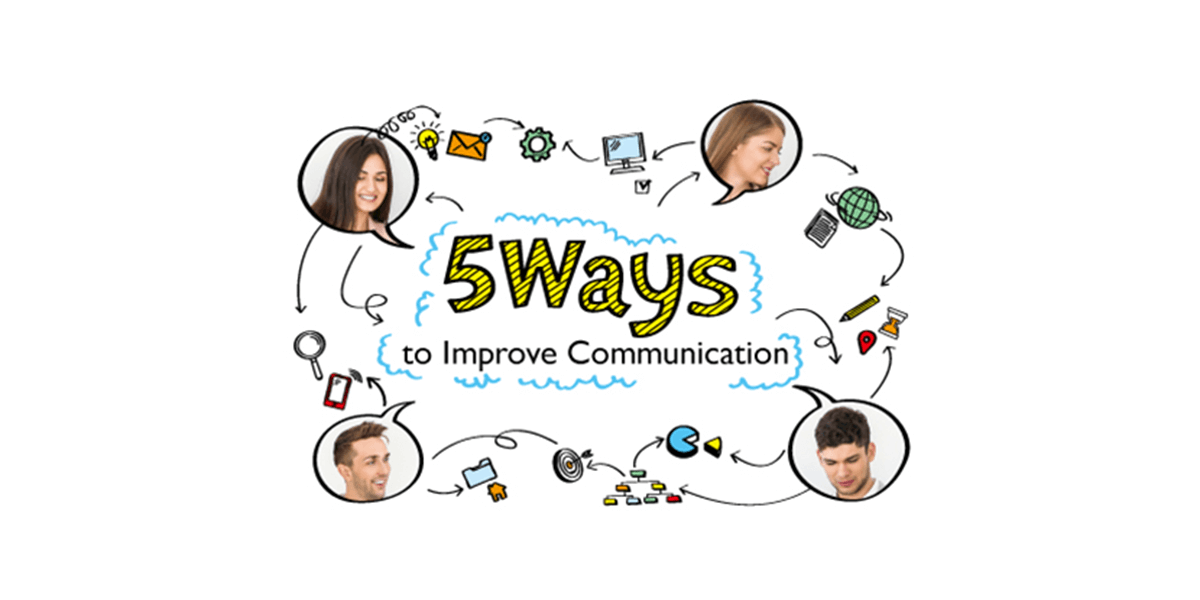5 Ways to Improve Communication Between PMs and Developers
- BenQ
- 2017-11-30


It’s often said these days that thanks to the disruptive impact of technology, “every company is a software company.” The immense value that software can bring to an organization means that developers are a crucial part of any company that does software or app development. After all, developers are the ones responsible for turning abstract business visions into functionable codes.
However, it’s not always easy for managers, key decision-makers, and developers to all be on the same page during meetings. While team leaders are primarily concerned with fulfilling business requirements, developers usually focus on solving complex technical problems up-close.
If these challenges sound familiar, you’ve come to the right place. Fortunately, a new class of technological solutions has arisen to help address these difficulties. Whiteboards have gotten a revamp of late and been brought into the digital age, providing a variety of collaborative features without the need for messy dry erase markers.
One of the most exciting digital whiteboards is Google Jamboard , a cloud-based, beautifully designed 4K screen that’s fully integrated with Google’s powerful G Suite . Jamboard enables users to collaborate in real time and create rich and colorful content with multimedia materials pulled in from Google Drive and the built-in Google web search. Multiple users can edit the same canvas at once, and all work is automatically saved to Google Drive automatically.
Below is an overview of five ways that managers and software developers can use Google Jamboard to conduct more efficient and effective meetings, and ultimately make their projects more successful.
Sketchboards are drawings used to represent different screens and parts of an application’s user interface. Creating these visual mockups is an essential brainstorming exercise in order to give all team members a clearer picture of the final product. With Jamboard, users can easily draw, import, resize, rearrange, and save their sketches for later usage.
Not only do you need to recreate your software’s appearance, but also its internal logic. Flowchart is a valuable tool for describing how users progress through your application. When creating flowcharts, Jamboard can convert your handwriting and manually drawn shapes into legible text and crisp polygons with cleanly defined lines. With Jamboard, your flowchart isn’t just informative, but also a beautiful infographic.
Once you’ve outlined your application’s interface and logic, you can use Jamboard to draw out wireframes and prototypes of the software, so that you can see different parts of the project coming together. You can also assemble various screenshots of the application’s prototype, present them during meetings, and annotate on them with team members’ comments.
If you need some support during meetings, Jamboard is able to simplify this process. By aggregating images, videos, maps, and web pages within a single collage, you can easily enhance your original discussion by bringing in relevant information. Jamboard helps you to construct a web of knowledge that will keep every meeting participant in the loop.
Efficient communication has become more difficult in today’s business landscape, where employees might be scattered across different offices or even around the world. Fortunately, Jamboard allows you to connect with your colleagues and collaborators using Google Hangouts to share your screen. Multiple users can edit the same canvas using their smartphones or tablets. Once you’re done with your conference call, you can save your content as an image or PDF file and easily send it to all the participants.
Although these advanced Jamboard features are great during meetings, it’s important not to forget the basics of team communication amidst all this shiny new technology. There’s nothing worse than coming to a meeting only to find that team members’ paths have unintentionally diverged since you last met, forcing you to waste time and effort to recap everything.
To avoid this unpleasant scenario, it’s absolutely essential that you get both developers and managers on the same page during each meeting. Make sure that everyone has a solid understanding of your processes for building and testing new products and features.
Communication during meetings is important, but it’s equally important—if not more so—to have regular check-ins throughout the week, so that you can be sure your developers’ work is still aligned with your vision. This will help you identify potential issues early on so you can spend time during meetings trying to solve them, rather than discussing them for the first time.